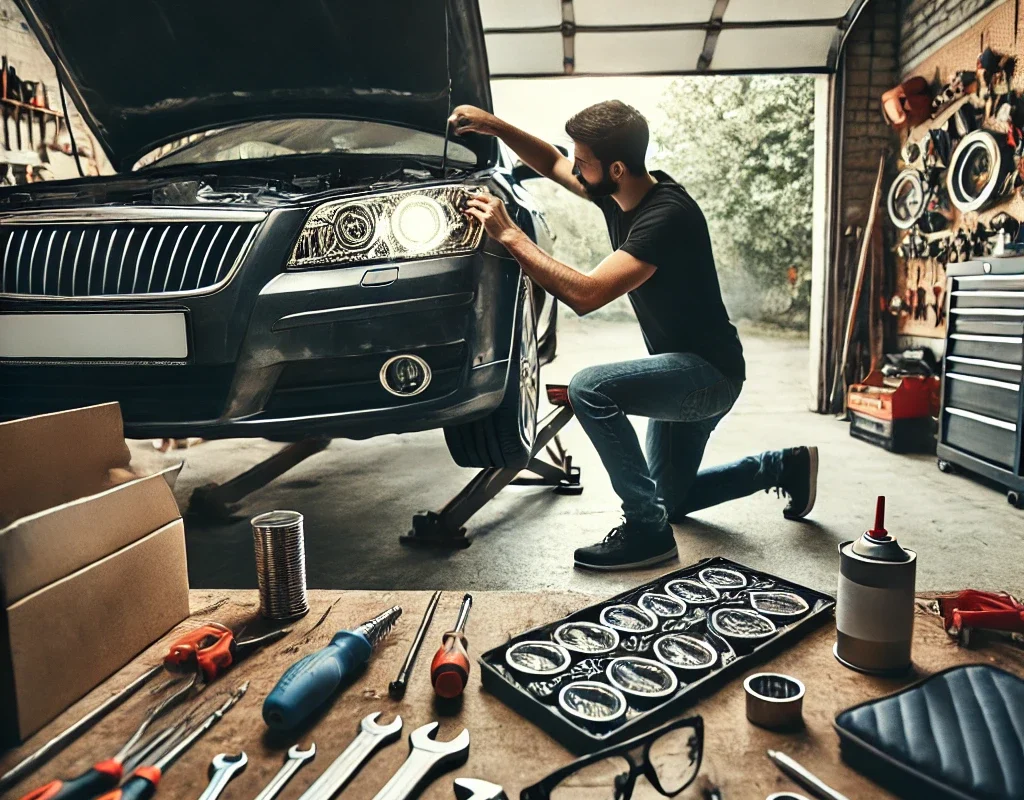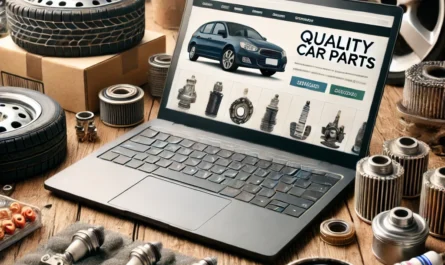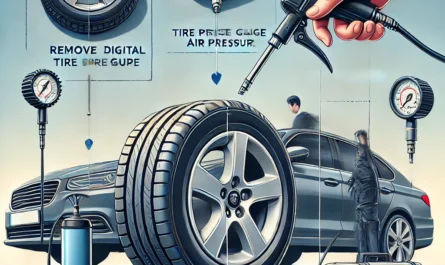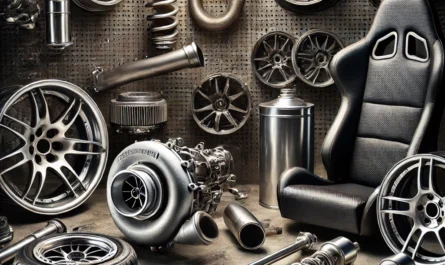Installing car parts and accessories yourself offers not only financial benefits but also personal satisfaction and a deeper understanding of your vehicle. While hiring a mechanic might be convenient, learning these skills can empower you to handle your car’s upkeep, save significantly on labor costs, and enjoy customizing your vehicle just the way you like it. This guide will walk you through some of the best practices, key steps, and common upgrades you can achieve on your own.
Understanding Car Parts and Accessories
When diving into the world of DIY car repairs, it’s helpful to familiarize yourself with some commonly installed parts and accessories. Essential car parts often replaced or upgraded include brakes, lights, mirrors, and air filters. Accessories, on the other hand, can range from audio system upgrades to visual enhancements like custom floor mats or LED headlights. Knowing your options is the first step in choosing what to tackle based on your skill level and needs.
Getting Started with Basic Tools
To install car parts and accessories effectively, you’ll need some essential tools. Here’s a list of the basics:
- Socket and wrench sets for removing and tightening bolts.
- Screwdrivers (both flathead and Phillips).
- Pliers for pulling parts or holding wires.
- Jack and jack stands for lifting the vehicle safely.
- Multimeter to test electrical components.
- OBD-II scanner for diagnosing car issues before and after installation.
These tools provide the foundation for most DIY automotive projects, from simple fixes to more complex installations.
Safety First: Precautions and Preparations
Safety is paramount when working on any vehicle. Before beginning a DIY installation, ensure the car is parked on a flat, stable surface and is in “Park” with the emergency brake engaged. Use jack stands if you’ll be working underneath the car, and wear safety gloves and glasses to protect your hands and eyes. Never skip safety steps, even for seemingly simple tasks, as car parts can be heavy, sharp, or difficult to handle.
How to Read Installation Instructions
Many parts come with manuals, but knowing how to read them effectively can save time and reduce mistakes. Look for diagrams, understand the terminology, and follow each step in order. If instructions are unclear, YouTube tutorials and forums like Reddit or car-specific communities are valuable resources where experts and enthusiasts share tips and troubleshooting advice.
Choosing Compatible Parts and Accessories
When selecting parts or accessories, ensure they’re compatible with your car’s make, model, and year. Online parts stores often allow you to enter your vehicle’s details to check for compatibility. Compatibility is crucial for safe and effective installation, particularly for parts affecting performance, such as brakes, spark plugs, and electrical components.
Installing Simple Car Accessories Yourself
Accessories such as phone mounts, seat covers, and floor mats offer immediate enhancements with little effort. These can usually be installed without tools, and they offer a great entry point for beginners. For example, installing a phone mount typically involves securing a clip to your dashboard vent, which can be done in seconds.
Upgrading Car Audio Systems
Upgrading your car’s audio system can make driving much more enjoyable. Begin by removing the old speakers, usually secured with screws, then connect the new speakers following the wiring diagram provided. Some systems may require an amplifier, which you can mount in the trunk and connect to your head unit for enhanced sound quality.
Installing Headlights and Taillights
Switching out headlights and taillights can improve nighttime visibility and give your car a fresh look. Begin by disconnecting the battery, then remove the headlight or taillight assembly, install the new bulb or unit, and reassemble. LED lights are a popular choice for longer-lasting and brighter illumination.
Changing Air Filters
Air filters improve engine performance by keeping debris out of the engine. To install a new filter, locate the air filter box, remove the old filter, and insert the new one. This simple replacement can enhance engine efficiency and fuel economy.
DIY Installation of Spark Plugs
Changing spark plugs can help improve your car’s starting ability and fuel efficiency. Use a socket wrench to remove each spark plug, and replace it with a new one. Check your car’s manual for the exact type and size of spark plugs needed.
Installing Floor Mats and Seat Covers
Adding custom floor mats and seat covers can protect your car’s interior from wear and tear. Many are easy to install by simply placing or securing them in position, and they can be found in various materials and designs to match your car’s aesthetic.
Installing Car Battery Yourself
Replacing a car battery is straightforward. Begin by disconnecting the negative and positive cables, remove the battery, and place the new one in position. Ensure it’s secured, then reconnect the cables. Be cautious as batteries are heavy, and always work in a well-ventilated area.
DIY Oil and Fluid Changes
Changing oil or other fluids yourself can save hundreds of dollars. To do this, use a jack to lift the car, locate the drain plug, and drain the old oil into a pan. Replace the oil filter, then add fresh oil to the engine. Check your car’s manual for the correct oil type and amount.
You Can Also Read : How to Test Drive Multiple Car Models to Find Your Ideal Vehicle
Replacing Windshield Wipers
Swapping out wiper blades is an easy, budget-friendly task. Simply pull up the old blade, press the release tab, and attach the new blade in its place. This is particularly helpful to do before rainy seasons to ensure visibility.



